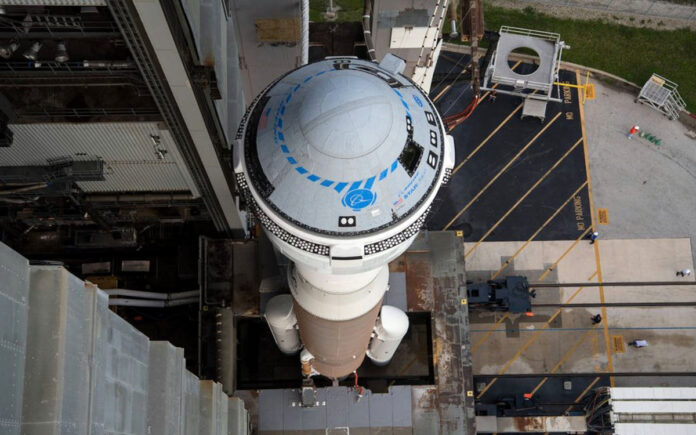Washington: The National Aeronautics and Space Administration (NASA) has provided a significant update regarding the much-anticipated first crewed launch of Boeing’s Starliner spacecraft to the International Space Station (ISS). Unfortunately, the mission has been delayed once again, with NASA now targeting June 1 as the new potential liftoff date. This marks the third delay for this critical mission, which is set to transport astronauts Butch Wilmore and Suni Williams on a week-long visit to the ISS.
In its recent statement, NASA specified, “The teams are now working toward a launch opportunity at 12:25pm ET on Saturday, June 1, with additional opportunities on Sunday, June 2, Wednesday, June 5, and Thursday, June 6.”
The primary focus for NASA and Boeing is ensuring the Starliner’s safety and reliability as engineers continue to investigate and address a helium leak that could impact essential mission components. Steve Stich, manager of NASA’s Commercial Crew Program, highlighted the collaborative effort and extensive testing involved, stating, “There has been a great deal of exceptional analysis and testing over the last two weeks by the joint NASA, Boeing, and ULA teams to replace the Centaur Self Regulating Valve and troubleshoot the Starliner Service Module helium manifold leak.”
Also Read | Paris Olympics Hang in the Balance as Railway Workers Strike
The previous postponement earlier this month came just hours before the scheduled liftoff, with astronauts already strapped in, due to a separate technical issue. The mission faced another delay last week to allow teams additional time to assess a helium leak connected to the service module, which is a critical component atop the rocket.
“Work continues to assess Starliner performance and redundancy following the discovery of a small helium leak in the spacecraft’s service module,” NASA reiterated in their statement.
These delays are part of an ongoing series of challenges for the Starliner program, which has faced years of setbacks. This comes at a particularly challenging time for Boeing, which is also grappling with safety concerns in its commercial aviation sector.
Also Read | Colombia Declares ‘Protected Archaeological Area’ Around Historic Shipwreck
For NASA, the success of the Starliner mission is pivotal. It aims to certify a second commercial vehicle capable of ferrying crews to the ISS. SpaceX, led by Elon Musk, achieved this milestone in 2020 with its Dragon capsule, breaking nearly a decade-long dependency on Russian rockets following the end of the Space Shuttle program.
The importance of the Starliner mission cannot be overstated, as it represents a crucial step in ensuring the United States maintains independent access to space and continues to lead in space exploration and technology.



